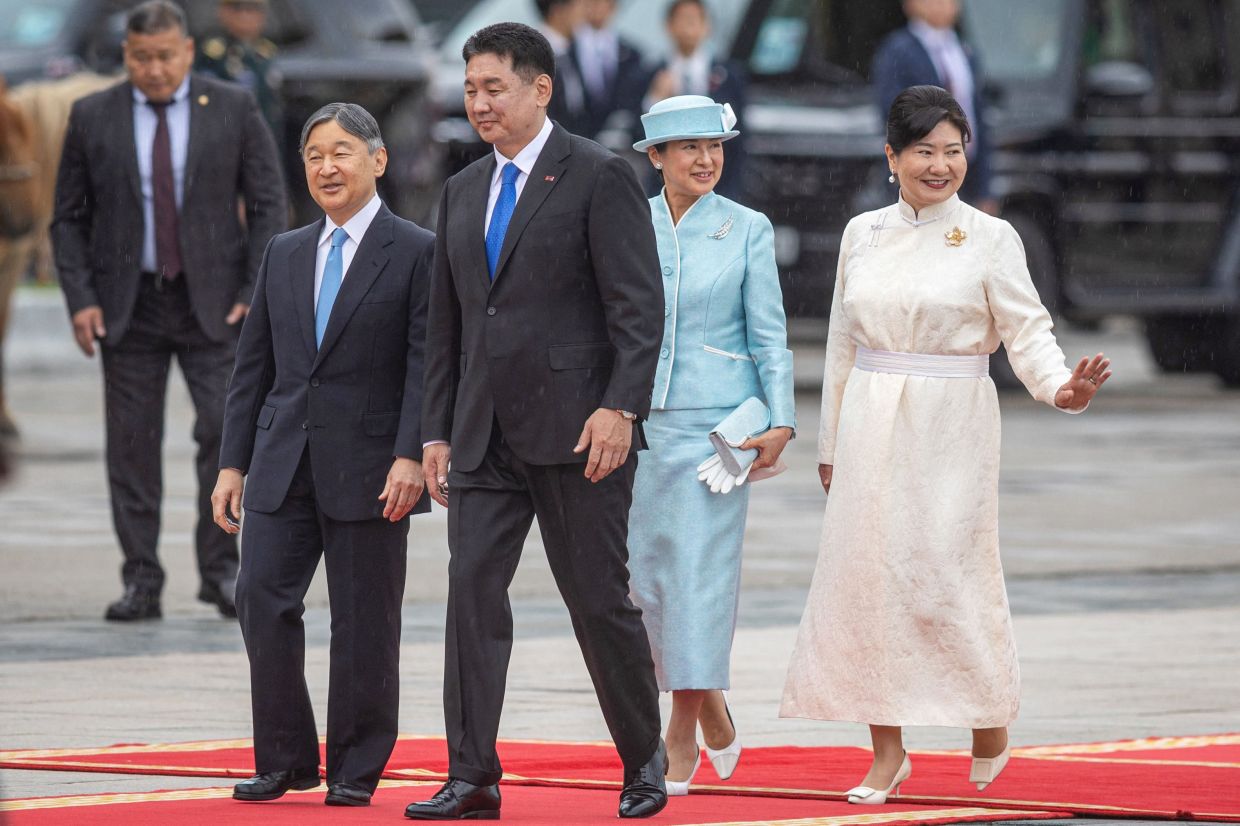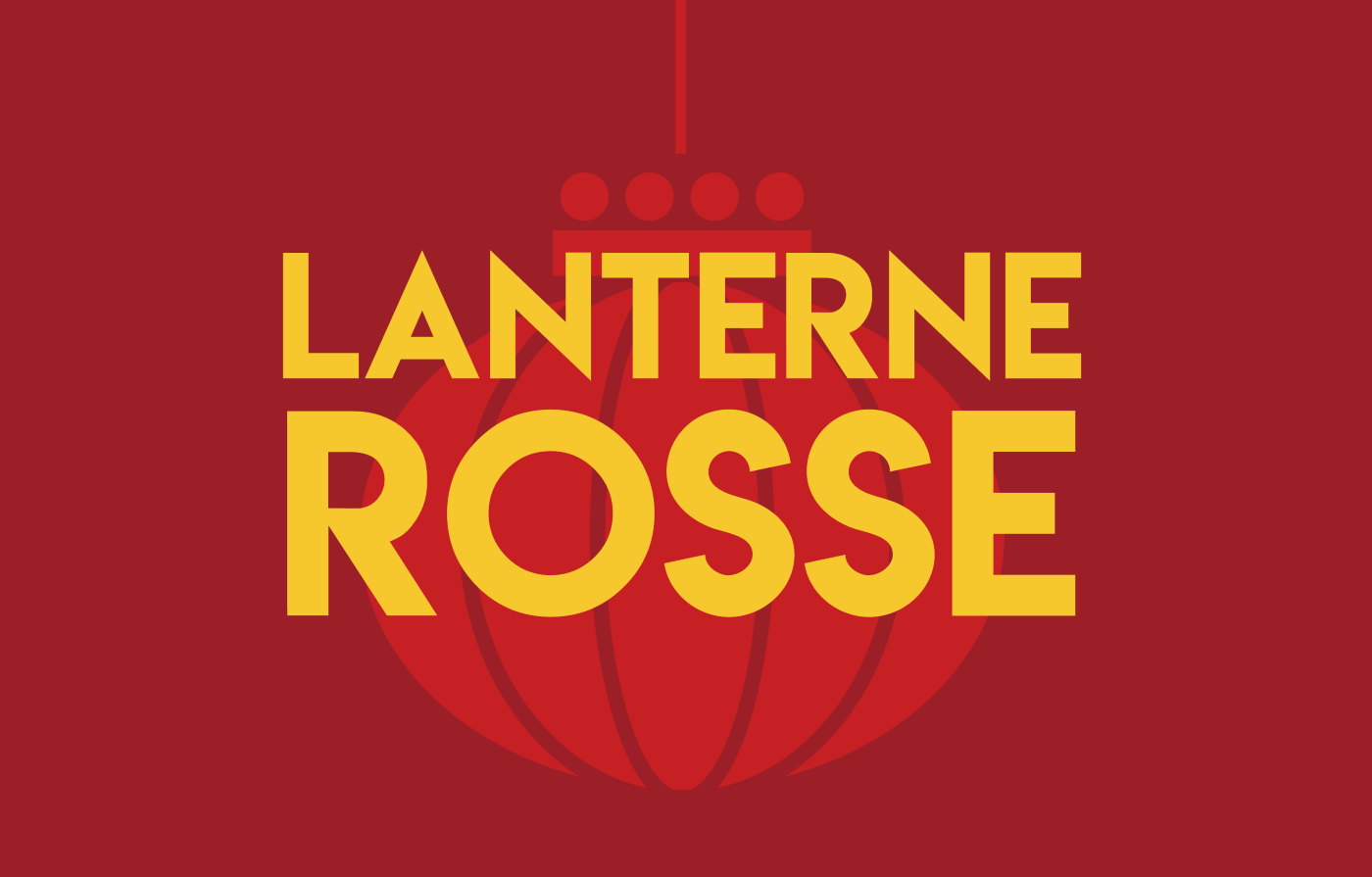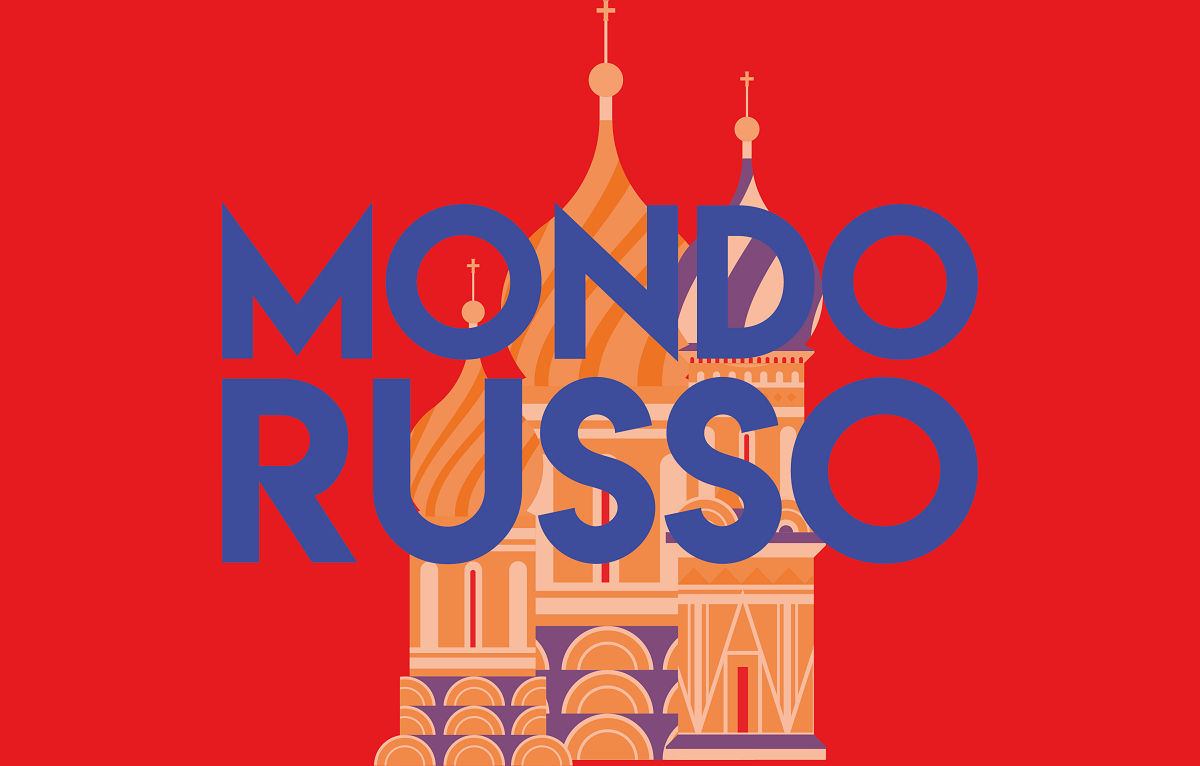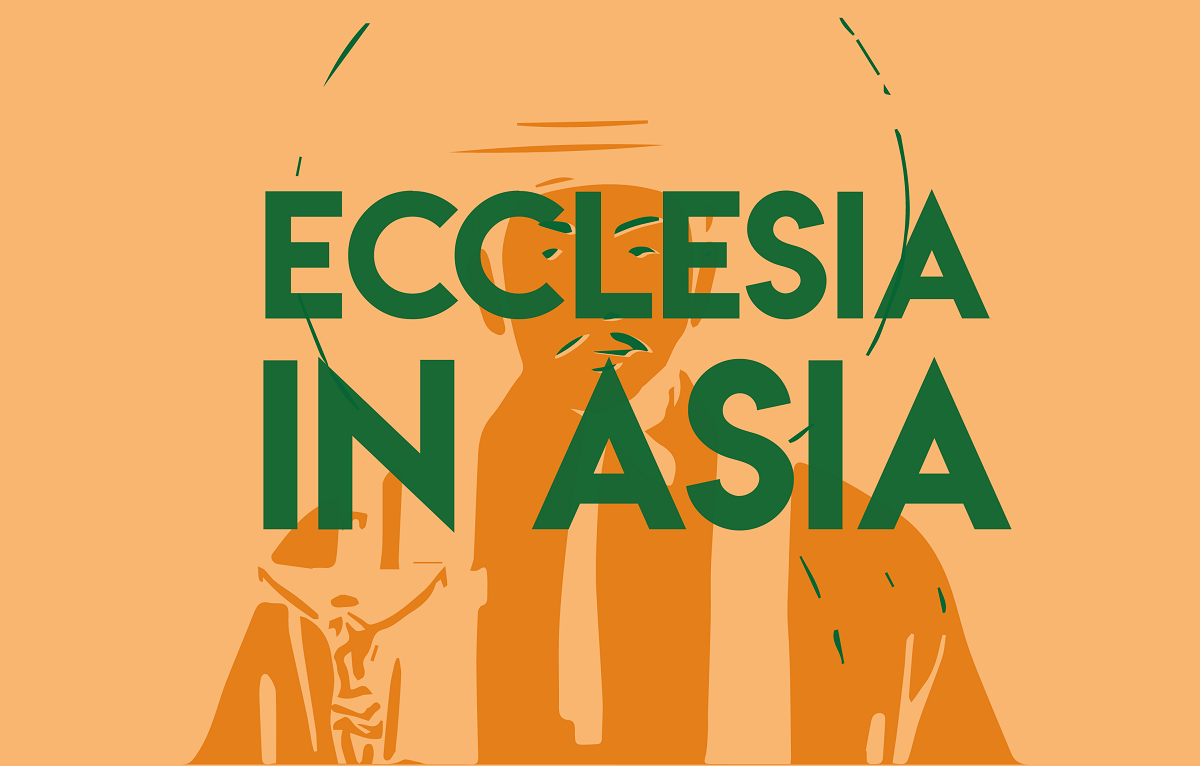Naruhito in Mongolia to remember war victims, but Japanese POW camps remain an open wound
On the 80th anniversary of the end of the Second World War, the Japanese emperor visited Ulan Bator for the first time to pay homage to the Japanese soldiers who died in Soviet POW camps. However, the atrocities committed by the Japanese Imperial Army continue to cast a long shadow on Japan’s relations with Asian countries, which Tokyo is trying to woo in opposition to Beijing.
Ulan Bator (AsiaNews) – Japanese Emperor Naruhito and his wife Masako arrived in Mongolia yesterday where he will remain until the end of the week to honour the memory of Japanese prisoners of war (POWs) who were imprisoned by the Soviet Union during the Second World War.
This is the first time that a Japanese imperial couple has visited Mongolia, a country rich in mineral resources, caught between Western influence and China and Russia. The gesture is part of the initiatives undertaken by Japan to mark the 80th anniversary of the end of the Second World War.
In April, Naruhito visited the island of Iwo Jima for the first time, followed by Okinawa in June, places where the Japanese fought ferocious battles against the US, which occupied them until 1968 and 1972 respectively.
On Iwo Jima, about 40,000 soldiers died, mostly Americans, while in Okinawa 200,000 people lost their lives, 12,000 Americans and 188,000 Japanese, including many civilians.
It is estimated that between 1941 and 1945, between 12,000 and 14,000 Japanese soldiers were detained in Mongolia and about 1,700 of them died after being forced to build government facilities, the state university, and a theatre in Ulan Bator.
“I believe it is important to not forget those who died, deepen understanding of the wartime past and to nurture the peace-loving heart,” Emperor Naruhito said.
Before the outbreak of World War II, Mongolia was under a communist regime, and was tied to the Soviet Union by a defence pact to protect the Trans-Siberian Railway and counter Japanese expansion into Manchuria and Inner Mongolia.
Border clashes between Japan and the USSR led the two powers to sign a non-aggression pact in 1941 in which Mongolia was a neutral "buffer state".
Mongolia later entered the world war by guaranteeing supplies to its Soviet ally, but only on 10 August 1945, two days after the USSR declared war on Japan, did it join the fighting by participating in the invasion of Manchuria.
The tragedy of POWs forced to work was a constant during World War II, especially in the areas occupied by the Japanese military, which subjected entire populations to inhumane conditions to support the war effort.
In addition to the rapes of foreign women, mostly Korean (the so-called comfort women, whose existence Tokyo has long denied), various episodes transpired in several countries in Southeast Asia.
In the Philippines, for example, in April 1942, approximately 76,000 prisoners (66,000 Filipinos and 10,000 Americans) who had surrendered to the Japanese Imperial Army were forced to march 106 kilometres, an event that remembered as the “Bataan Death March”. For Japan, surrendering was deemed cowardly, even for its own people; in some situations, it forced many of its own civilians to commit collective suicide to avoid falling into enemy hands.
According to some estimates, 2,500 Filipinos and 500 Americans died during the march, designed to move POWs into a camp. Another 26,000 Filipinos and 1,500 Americans died of hunger and hardship after arrival.
The Japanese commanders did not expect to capture such a large number of Allied soldiers and did not have sufficient means to transport them to the O'Donnell military camp, the final destination of the march.
Japanese General Homma Masaharu, responsible for the episode, was convicted and executed for war crimes.
The Japanese built a railway of about 420 kilometres to link Burma (now Myanmar) and Thailand, using tens of thousands of Allied prisoners and hundreds of thousands of Asian civilians, “Rōmusha”, as slaves.
The United Kingdom lost control of its colonial possession in 1942 because it did not have enough troops to resist the imperial army. Malnutrition, malaria, dysentery, cholera, lack of medical care and working up to 18 hours a day characterised camp life.
The “death railway”, which served the logistical needs of the Japanese, was completed in 1943, ahead of schedule. Some 12,000 to 60,000 Allied prisoners and 80,000 to 100,000 Asian civilians died and did about a thousand Japanese soldiers.
In Singapore, after the British surrendered on 15 February 1942, the Japanese carried out the “Sook Ching” massacre when thousands of ethnic Chinese males between the ages of 18 and 50 were arrested, identified as communists and “anti-Japanese”, and summarily executed.
Estimates of the dead vary from a low count of 5,000, according to Japanese authorities, to a commonly accepted figure of 50,000. The operation had been planned even before the Japanese reached Singapore.
The episode is also seen as an extension of the Sino-Japanese War, which began in 1937 and was described by Beijing as a war of resistance against Japanese aggression, a definition still used today in China’s anti-Japanese propaganda.
The occupation led to serious economic hardship and widespread famine due to Japanese mismanagement, exploitation of resources and disruption of existing trade networks, but at the end of the conflict the countries of Southeast Asia accepted partial reparations due to economic and ideological pressure to develop ties with Tokyo, which became part of the US sphere of influence during the Cold War.
In Indonesia, too, the Japanese conducted a brutal occupation and committed a series of war crimes. One of the most notorious cases concerns Professor Achmad Mochtar, an Indonesian scientist executed by the Japanese in July 1945, accused, under torture, of killing 900 Japanese Rōmusha with tetanus after giving them tainted vaccines.
According to documents that later emerged, the vaccines were produced by the Japanese military and contained purified tetanus. This was a failed experiment conducted by Unit 731 (which was in charge of biological research) on forced labourers, and which Japan tried to cover up.
Mochtar and his scientific staff were arrested and subjected to severe torture by the Japanese military police, the Kenpeitai, and Mochtar eventually signed a false confession.
Of approximately 280,000 Rōmusha recruited with false promises, only 58,000 returned, while tens of thousands of Indonesians died after they were forced to work, mostly in railway construction, to meet the logistical needs of the Japanese Imperial Army.
Taiwan was also the scene of abuses. The island was ceded to Japan in 1895 after China's defeat in the First Sino-Japanese War.
The Taiwanese initially tried to resist, proclaiming the Republic of Formosa and trying to return to Chinese administration, but the repression by the Japanese army was brutal and in some cases criticised even internationally for its cruelty. Entire villages inhabited by indigenous groups were razed to the ground in the central and eastern mountain regions, rich in natural resources that were of interest to Tokyo.
The occupation tried to eradicate pro-Chinese feelings: traditional buildings were demolished and cities rebuilt according to Japanese aesthetics.
During the wars against China, Chinese-language newspapers were banned, local religious cults were repressed, and the use of Japanese names was encouraged.
About 200,000 Taiwanese were employed in Southeast Asia as labourers and interpreters for the Imperial Army. Some of them were later indicted in war crime trials.
Even today, the legacy of Japanese colonialism deeply affects the debate between Taiwan and China. Islanders often use expressions and references typical of Japanese imperial propaganda to criticise Beijing, which considers Taiwan a "rebel province" that must return to the control of mainland China, now under Communist rule.
For this reason, it is also significant that the city of Nagasaki has accepted for the first time Taiwan's participation in the ceremony commemorating the US bombing of 9 August 1945 that ended the world war.
Mayor Shiro Suzuki has said that he is evaluating how to satisfy Taiwan's wish given that Tokyo does not maintain diplomatic relations with the island.
12/02/2016 15:14
11/04/2007
11/04/2005







.png)










